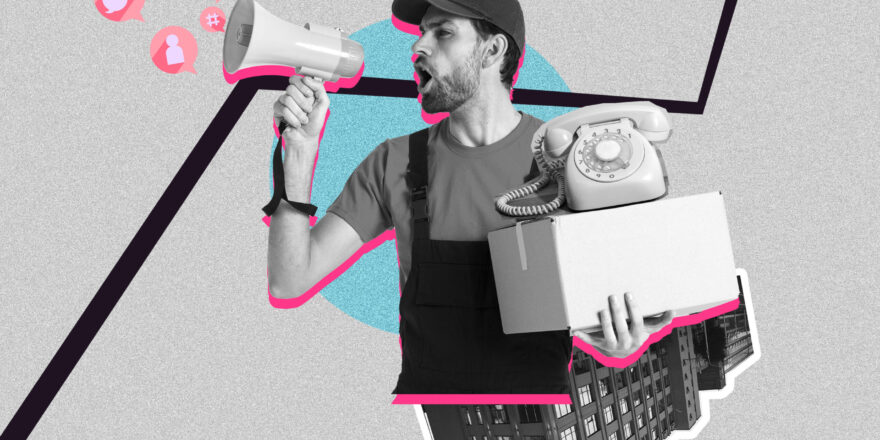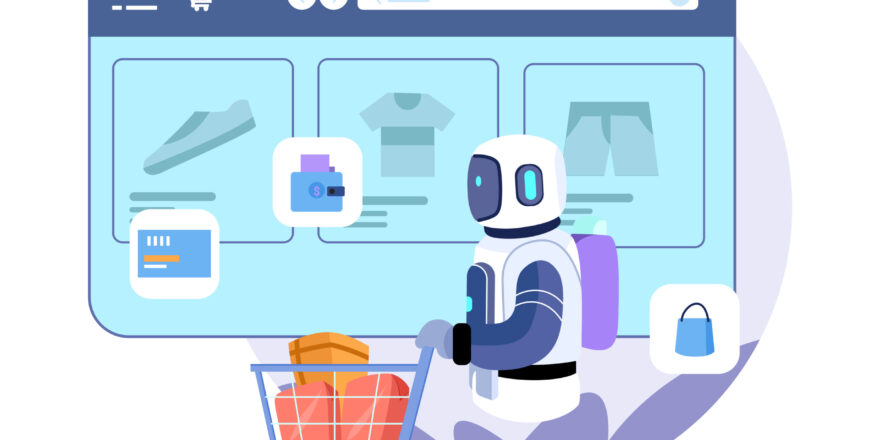Email marketing remains one of the most effective digital marketing tools — but let’s be honest, inboxes are flooded with generic, templated emails that rarely get more than a glance. If you want to stand out in 2025, it’s time to break the mold. In this blog, we’ll explore how to move beyond boring templates and create innovative email campaigns that actually engage, convert, and delight your audience.
1. Why Traditional Templates No Longer Work
Email templates have been the go-to for years because they’re fast, scalable, and easy to replicate. But in today’s era of hyper-personalization, static templates feel cold and unrelatable. Consumers now expect dynamic and tailored experiences.
Here’s why traditional templates fall flat:
- Lack of Personal Touch: Generic templates don’t address user preferences, behaviors, or history.
- Predictable Layouts: Repetitive formats are easy to ignore or delete.
- Overused Visuals: Stock images and rigid structures reduce brand authenticity.
Breaking free from templates allows your email to feel more like a conversation and less like a sales pitch.
2. Personalization at Scale: The New Standard
The future of email marketing lies in personalization — and not just using the recipient’s first name. True personalization means delivering the right message to the right person at the right time based on data.
Ways to personalize at scale:
- Behavioral Triggers: Send emails based on user actions, like abandoned carts or viewed products.
- Dynamic Content Blocks: Show different images, CTAs, or offers depending on user segments.
- Predictive Analytics: Use AI tools to forecast user interests and tailor emails accordingly.
With tools like AI and CRM integration, scaling personalization is now achievable for businesses of all sizes.
3. Interactive Email Elements That Drive Engagement
Interactive emails are a game-changer. Instead of just reading content, recipients can engage with it directly inside their inbox — turning emails into mini landing pages.
Examples of interactive features:
- Accordions and Tabs: Let readers explore more info without leaving the email.
- Quizzes or Polls: Add elements of engagement and collect data at the same time.
- Countdown Timers: Perfect for creating urgency around limited-time offers or event signups.
These interactive elements not only capture attention but also increase click-through rates and reduce bounce.

4. Storytelling Through Email Sequences
Innovative campaigns don’t just sell — they tell stories. Email storytelling through sequences (drip campaigns) builds trust, nurtures leads, and emotionally connects with the audience.
How to build storytelling sequences:
- Start with a Hook: The first email should introduce a compelling problem or narrative.
- Deliver in Chapters: Each follow-up email should build upon the last with valuable insights or updates.
- Conclude with a CTA: End the sequence with a strong call-to-action that feels like a natural next step.
Storytelling humanizes your brand and makes the user look forward to the next email instead of deleting it.
5. Testing, Iteration, and the Art of Breaking Rules
There’s no one-size-fits-all formula for innovation. Sometimes, breaking best practices and testing bold ideas is what it takes to discover what resonates with your audience.
What you should test:
- Subject Lines: Try emojis, questions, or even mystery-based lines.
- Format: Experiment with plain text vs HTML-rich content.
- Send Times: Test unconventional times or days — like Sunday nights or early mornings.
Innovation comes from curiosity. The best-performing campaigns often emerge from testing what others haven’t dared to try.
Conclusion: Let Creativity Lead Your Email Strategy
In a world of inbox overload, standing out means daring to be different. Moving beyond templates isn’t just a creative choice — it’s a strategic one. By embracing personalization, interactivity, storytelling, and experimentation, your email campaigns can move from predictable to powerful. In 2025, innovation is the key to engagement — and your emails should reflect that.





